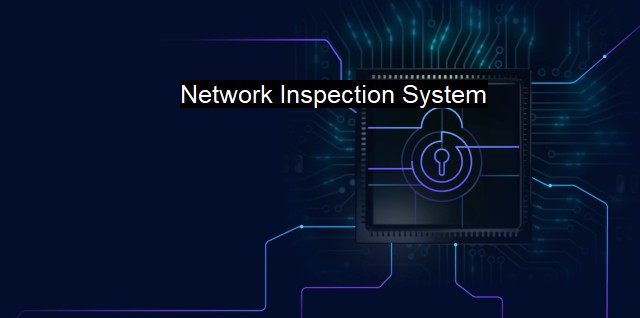What is Network Inspection System?
The Essential Role of Network Inspection System in Cybersecurity: Protecting Systems from Malicious Threats
A Network Inspection System (NIS) is a crucial tool in the field cybersecurity that provides a front-line defense against malicious traffic, cyber-attacks and vulnerabilities across the software picture. It operates through examining data packets flowing across the network and scrutinizing them against a database of identified threats and vulnerabilities. It plays an instrumental role in preserving the reliability, confidentiality, and usability of data and resources of one's network.One of the prime functionalities of the NIS is to scrutinize the passing traffic, searching for anomalistic behaviors, and signs of potential attempted infringements. In most instances, these security systems function through placing the NIS on a strategic point on the network. This way, all comings and goings of data must stream through an NIS, allowing it to monitor and diagnose all given packets. Consequently, it offers the advantage of having an eagle eye regarding all inbound and outbound data, hence making it possible to identify and neutralize threats before they cause potential harm to the network.
Apart from preventing external threats, a Network Inspection System also identifies possible internal threats, thereby elevating the overall security level and increasing user confidence. Internal threats predominantly come in various forms, including malware, harmful executable programs, insider threats, or policy violations. NIS leverages different techniques – predominantly anomaly detection, signature-based detection, or a blend of both – to deal with these threats. Anomaly-based detection discerns abnormal behaviors, and signature-based detection examines traffic to identify known threats, while hybrid detection amalgamates both techniques to widen the scope of their detection and prevention capacity.
A Network Inspection System also works hand in hand with antivirus software. The latter scans an individual or network’s digital assets for malware and other threats using similar detection techniques to NIS - namely signature-based, anomaly-based, and hybrid detection. antivirus software is predominantly a passive tool, focusing on threats once they have infiltrated the system. Conversely, the NIS is proactive, striving to spot and stop the threats before they infiltrate the system.
The NIS, therefore, enhances and complements the antivirus by providing an additional protective layer. When a threat bypasses the antivirus and affect the systems, the NIS can utilize countermeasures to reduce or eliminate danger. Conversely, if the NIS fails to halt a threat at the network level, the antivirus can be a safety backstop to detect and eliminate that threat within the host system.
Both systems have their drawbacks. A Network Inspection System can occasionally yield false positives due to their excessive monitoring of network behavior. They misinterpret inoffensive network activities as hazardous, prompting unnecessary alerts. In the same vein, antivirus software can also yield false positives, thus necessitating continuous updating of antivirus software databases.
Network Inspection Systems play a crucial role in enhancing cybersecurity measures. Their ability to monitor all inbound and outbound traffic allows the timely identification of potential threats. Hand in hand with antivirus software, they form a comprehensive shield against cyberattacks. These tools are not absolutely flawless, and therefore, it is crucial to continuously adapt to evolving threats, which necessitate regular software updates and maintenance.

Network Inspection System FAQs
What is a network inspection system?
A network inspection system is a cybersecurity tool used to monitor and analyze network traffic for potential security threats. It can detect, block, and flag any suspicious activity or data that may pose a risk to a company's systems and data.What is the significance of a network inspection system?
A network inspection system is crucial in a cybersecurity setup as it helps to identify and prevent potential threats before they take root in a network. It helps in monitoring the network and tracking any unusual activity, thus minimizing the risk of data theft or loss. It is also an essential component of antivirus software as it can detect and block malware and other malicious software.How does a network inspection system work?
A network inspection system works by capturing and analyzing network traffic in real-time. It uses various techniques like signature-based detection, anomaly detection, and behavior analysis to identify and block malicious activity. The system may also use machine learning algorithms to detect new threats and prevent them before they cause harm.What are the benefits of using a network inspection system?
The benefits of using a network inspection system include enhanced security, increased network visibility, improved network performance, and real-time threat detection and prevention. It can help organizations comply with regulatory requirements and prevent financial losses due to cyber attacks. It also helps in reducing the workload of network administrators by automating the process of monitoring and analyzing network traffic.| | A | | | B | | | C | | | D | | | E | | | F | | | G | | | H | | | I | | | J | | | K | | | L | | | M | |
| | N | | | O | | | P | | | Q | | | R | | | S | | | T | | | U | | | V | | | W | | | X | | | Y | | | Z | |
| | 1 | | | 2 | | | 3 | | | 4 | | | 7 | | | 8 | | |||||||